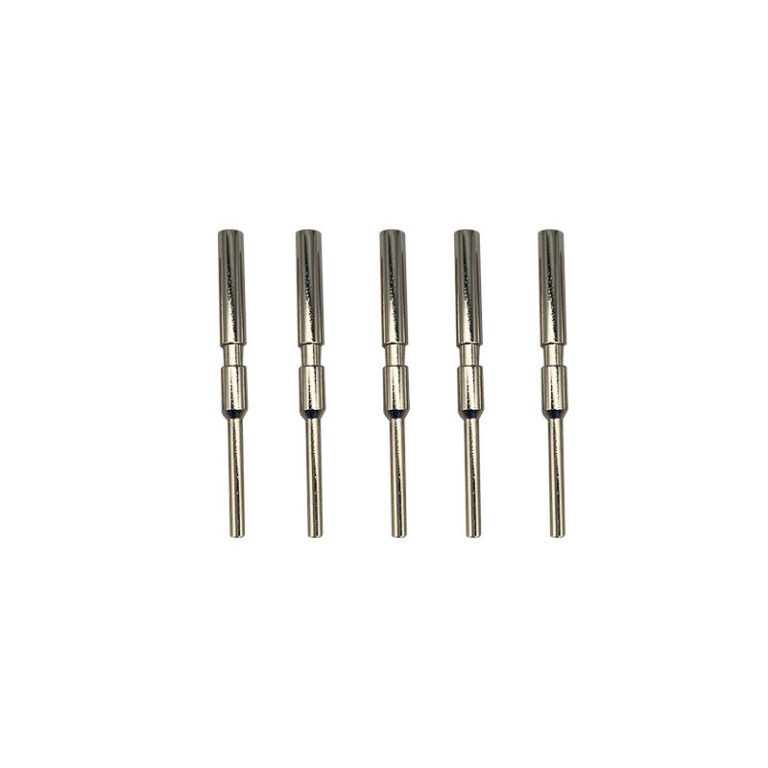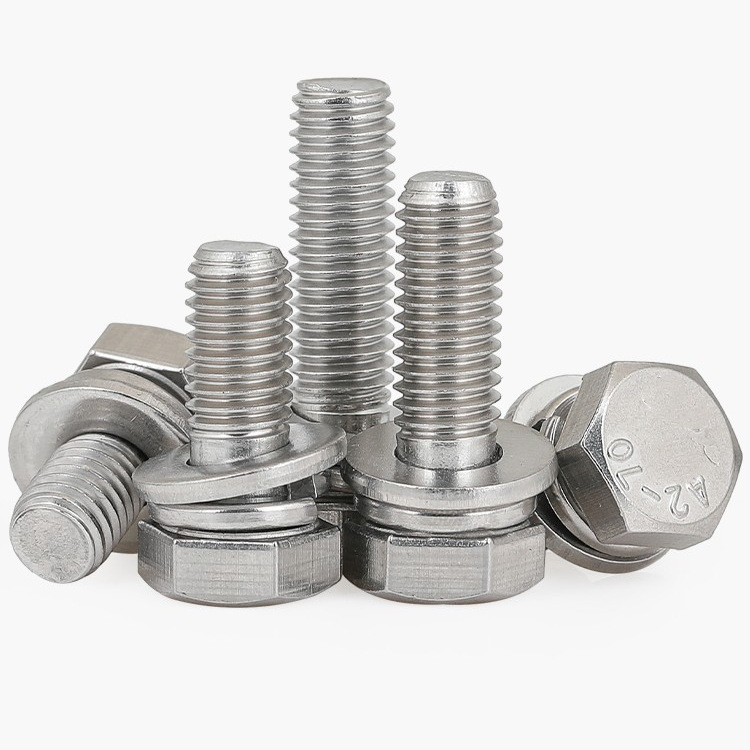High-temperature nickel alloy springs are primarily used in applications that require elasticity and strength to be maintained in high-temperature environments. These springs are typically made from nickel-based alloys with excellent high-temperature properties, such as Inconel 718, Nimonic 80A, GH4169, and Hastelloy C276.
Nickel-based high-temperature alloy springs play a crucial role in aerospace, nuclear industry, automotive turbochargers, and other demanding industrial applications due to their outstanding resistance to creep, fatigue strength, and thermal stability. For instance, GH4169 high-temperature springs can maintain good elasticity and stability at temperatures above 800°C, making them suitable for use in engines, nuclear power stations, and other high-temperature working environments.
A specific nickel-based alloy, Hastelloy C276, exhibits an extremely high resistance to reducing corrosion due to its high molybdenum content, and in combination with nickel and chromium, it provides excellent overall corrosion resistance. This alloy also offers very high strength through solid solution strengthening of molybdenum and tungsten while maintaining good ductility, making it easy to form and weld, suitable for use in chemical processing, pollution control, power generation, pharmaceuticals, and food processing industries.
Furthermore, the manufacturing process of high-temperature alloy springs is crucial for their performance. The manufacturing process must be strictly controlled, including the alloy composition and heat treatment processes, to ensure the reliability and long service life of the springs. For example, Nimonic 80A alloy is a precipitation-hardenable high-temperature alloy with excellent tensile properties at high temperatures, making it suitable for manufacturing bolts and exhaust valves for combustion chambers.
When selecting materials for high-temperature nickel alloy springs, one must consider their chemical composition, physical properties, high-temperature resistance, and corrosion resistance to ensure their performance and service life in specific applications. With technological advancements and increasing demand for high-performance materials, research and application of these high-temperature alloy springs will continue to expand their use in modern industry.





